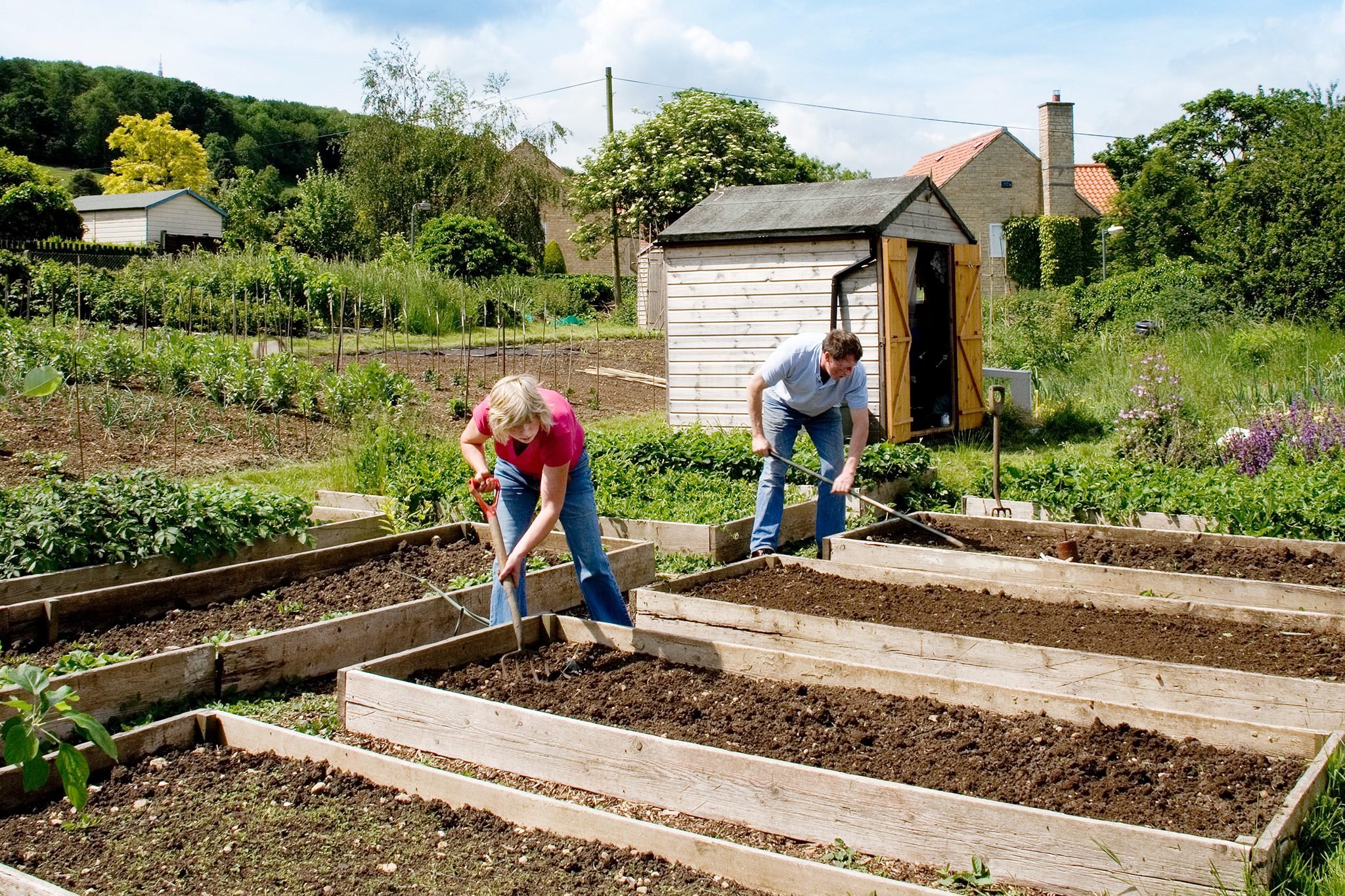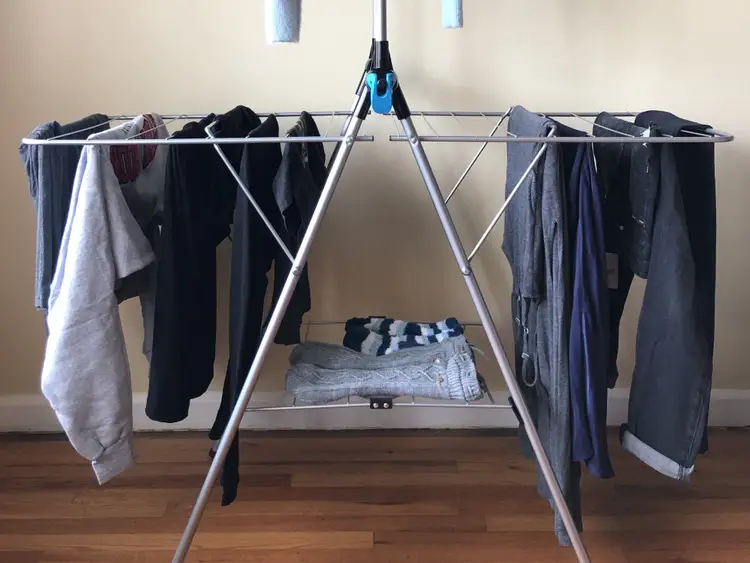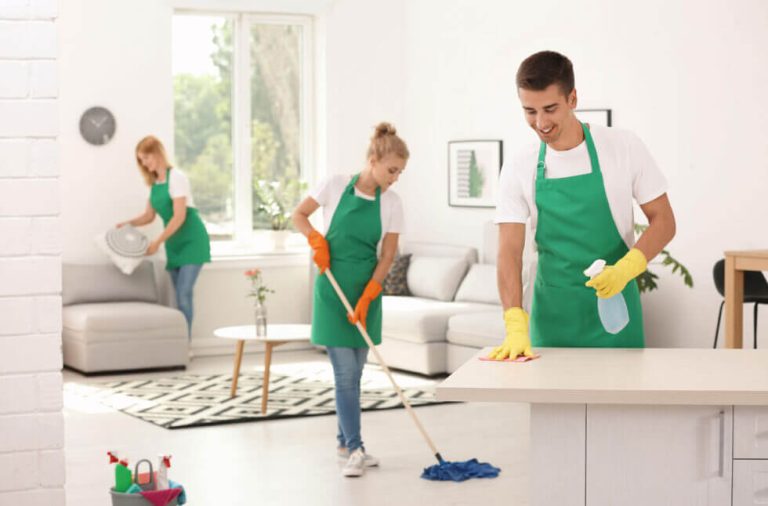Allotments 101: A Beginners Guide to Getting and Planning an Allotment

Table of Contents
Want an allotment? Up until recently, it was tough to get one. There are over 330,000 allotments in the UK, but throughout the pandemic, figures from the National Allotment Society (NAS) found that 40% of English councils saw a significant increase in the number of people joining allotment waiting lists.
Of course, it’s likely these trends are dropping as life has returned to normal and people embrace their pre-pandemic habits. But even if you get an allotment plot, that’s only the start of the journey. If you want to have your own slice of land to grow vegetables and flowers, it’s important you plan it correctly.
In this article, get all the information you need as a beginner when it comes to allotments, including what they are, how to get one, and how to plan it out.
What is an allotment?
According to the National Allotment Society, an allotment is a piece of land owned by a local authority or private landlord that is divided up into plots, leased to members of the public who usually live nearby.
These plots are used to grow plants – typically vegetables – non-commercially, with growers cultivating plants for their own consumption. Many allotments are governed by societies, which provide a communal aspect for allotment holders, as well as running events, competitions and shows for allotment holders.
Acquiring an allotment
To get an allotment, your first step is to find one near you. Using the government’s free tool, enter your postcode and the tool will direct you to the allotments page of your local council – the most likely owner of the allotments in your area.
From here, you can find an allotment near you and apply. Typically, you’ll be put on a waiting list – you can enquire with the group that organises the allotment for a general idea on when one will become free, though understanding this can be difficult to predict.
Planning and preening your allotment
Once you’ve climbed the waiting list and got your allotment, it’s time for the fun part! Plan out your plot on a piece of paper, accounting for the crops you want to grow. The RHS’s guide can be helpful here, though here are some key things to consider when getting started:
- Raised beds – These let you potion off your plot and help tidy the space, as well as improve access to your plants. Using treated timber to form raised beds can be a clever idea, since wood of this type will be more resistant to the weather and last longer than green timber.
- Springtime planting – Try and have the plot ready for planting in Spring to enable a strong harvest come autumn.
- Remove weeds – It’s crucial you clear your plot from weeds to give your plants room to grow.
- Break up the soil – If your plot has been uncultivated for a while, break up the soil to allow roots to penetrate the ground and grow healthily.
- Add a shed or an area of storage – If you don’t want to transport your tools to and from your plot, consider storage needs.
- Add a water butt and compost bin – A water butt will collect water when it rains and reduce your reliance on the communal taps. A compost bin will generate free soil after a few years!
Getting an allotment can be a great idea if you want to spend more time outdoors and gain the great feeling that comes with planting and growing your own crops. What would you plant in your allotment? Let us know in the comments below.






